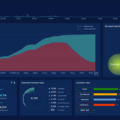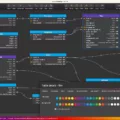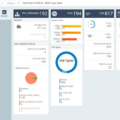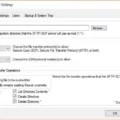When it comes to logging and data analysis, two of the most popular tools are Graylog and Splunk. Both offer comprehensive solutions for collecting, analyzing, and visualizing data in real time. But which one is right for your organization? Let’s take a look at what each tool has to offer.
Graylog is an open-source log management platform that provides users with a powerful search engine and alerting capabilities. It enables users to quickly search through large volumes of logs for patterns or anomalies in order to identify issues before they become major problems. It also offers powerful analytics capabilities that allow users to visualize the data in various ways, such as charts, tables, and graphs. Additionally, Graylog’s alerting system allows users to configure complex alerts based on specific conditions.
Splunk is a proprietary log management platform that provides users with advanced analytics and reporting capabilities. It allows users to quickly analyze data from multiple sources in order to gain greater insights into their environment. Splunk also offers a wide range of visualizations such as heat maps, time series charts, and geographic maps which can be used to better understand the data. Additionally, Splunk’s alerting system allows users to create sophisticated alerts based on user-defined conditions or thresholds.
So which one should you choose? Ultimately it depends on your needs and budget but both tools are excellent options for logging and analytics tasks. Graylog is ideal for small businesses or organizations with limited resources since it is free (up to 2GB/day) while Splunk is best suited for larger organizations that have more complex needs since it is a paid solution with no free tier. Both tools offer powerful logging and analytics features so whichever one you choose will be up to you!
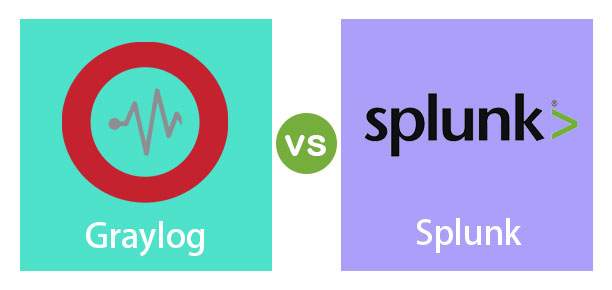
Comparing Graylog and Splunk
Graylog and Splunk are both powerful log management systems used to search and analyze data in real time and through historic records. While they are similar in that they both allow users to query large amounts of data, they differ in terms of the type of search engine they use. Splunk is a proprietary search engine, while Graylog utilizes Elasticsearch, an open-source technology. Additionally, Splunk features a graphical user interface that provides more visual insight into the data being searched, while Graylog relies on a command line for its queries. Ultimately, both systems provide effective solutions for researching large datasets and can be used interchangeably depending on the needs of the user.
Is Graylog Open Source?
Yes, Graylog Open is free to use! It does not require a license and can be used to collect, store, and analyze your log data. Graylog Open provides all the necessary capabilities to monitor your systems and applications. With its powerful search and alerting capabilities, you can quickly detect problems and take proactive measures. Additionally, Graylog Operations and Graylog Security are available with paid licenses for advanced features such as scalability, security restrictions, monitoring dashboards, and more. Small businesses may also qualify for our free 2GB/day license of Graylog Operations.
The Benefits of Using Graylog
Graylog should be used to help businesses effectively manage their log data and gain valuable insights from it. It provides a simple, cost-effective, and flexible architecture that makes it easy to capture, store, and analyze log data in real-time. Graylog also offers powerful search capabilities, allowing users to quickly find the information they need. Additionally, Graylog has an intuitive user interface that allows for quick setup and management of log data. With Graylog, businesses can gain a clear understanding of their system performance and develop proactive strategies to improve it.
When Is Graylog Appropriate to Use?
Graylog should be used when you have a need for a powerful log management system that can parse and store structured data. It is great for collecting, monitoring, and analyzing logs from web applications as well as from raw strings (such as syslog). It is also ideal for searching through logs with custom-structured queries. Additionally, Graylog comes with built-in visualization tools to help you quickly identify patterns or trends in your logs. Finally, it can be easily integrated with other services or applications to enhance its functionality.
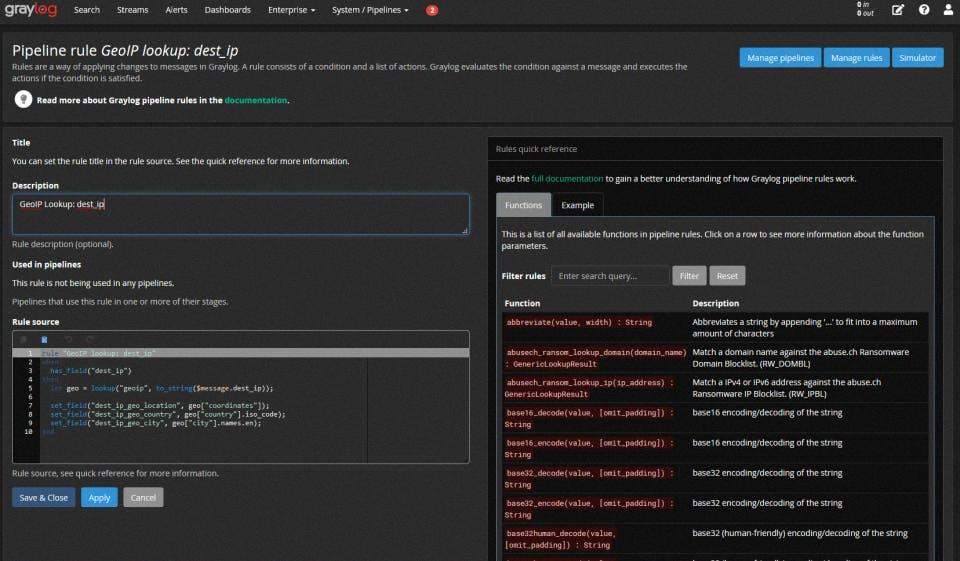
Source: capterra.com
Disadvantages of Using Splunk
Splunk is an incredibly powerful tool for analyzing data, but it does have some drawbacks. Firstly, it can be quite expensive for large data volumes. Secondly, optimizing searches for speed can be difficult to implement and may require a steep learning curve. Thirdly, depending on the type of data being analyzed, Splunk may not have the same level of reliability as other solutions. Finally, there is a lot of competition from other solutions that may offer better performance and cost savings. All in all, these are some of the main disadvantages to consider when looking into using Splunk for your data analysis needs.
Who Benefits from Using Graylog?
Graylog is a powerful log management and analysis platform used by mid-sized companies, large enterprises, and government organizations. It is a popular choice for organizations that require reliable, centralized logging and monitoring capabilities for their IT infrastructure. Graylog enables users to collect, analyze, and monitor system logs from a single source, which can provide valuable insights into system performance and security. Additionally, Graylog’s advanced search capabilities allow administrators to quickly identify trends and anomalies in log data. This makes it an invaluable tool for identifying potential issues before they become critical problems. Furthermore, Graylog’s alerting capabilities can be used to notify administrators of suspicious activities or potential security threats. All of these features make Graylog an ideal choice for IT teams that need reliable log management and monitoring solutions.
Conclusion
In conclusion, both Graylog and Splunk are powerful tools for log management and analysis. Graylog offers an engaging, user-friendly interface with a complete processing and visualization system, while Splunk provides a SaaS interface for efficient machine data analysis. Kibana is the monitoring tool that should be set up separately from the others. Additionally, Graylog Open is free to use while Graylog Operations and Security require active licenses. Each of these systems has its own benefits and drawbacks that should be considered when deciding which one to utilize.


